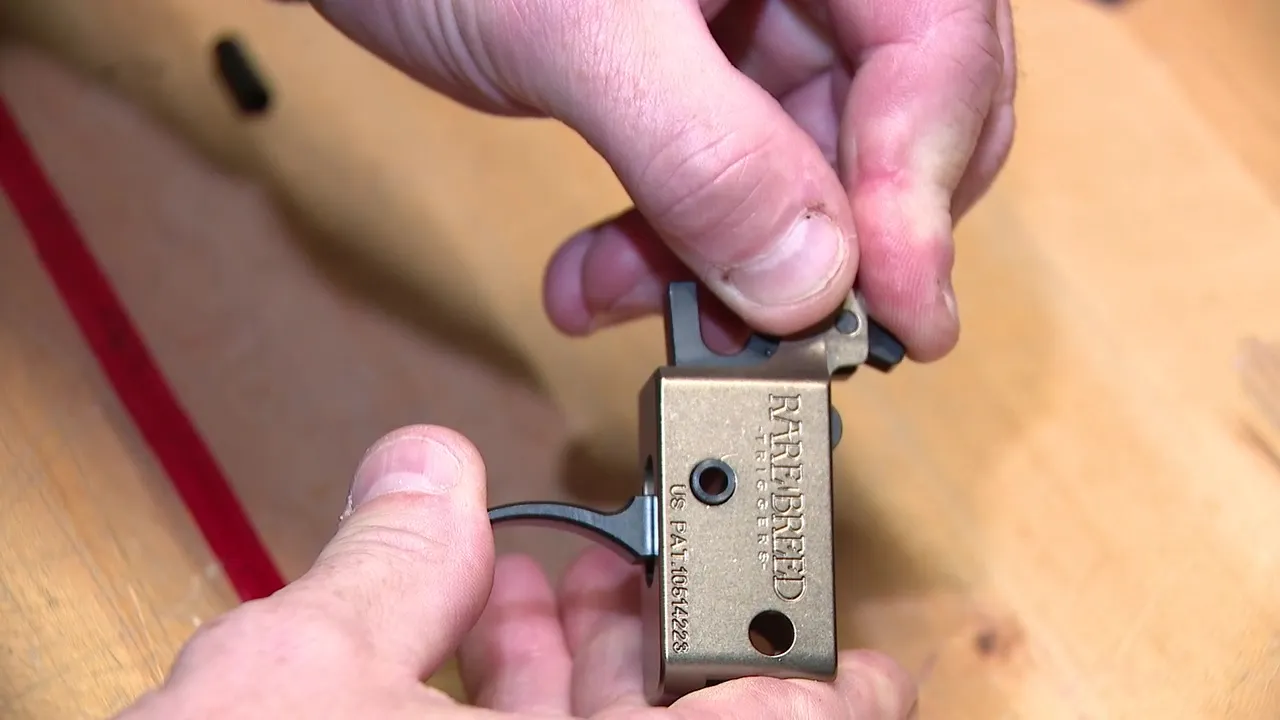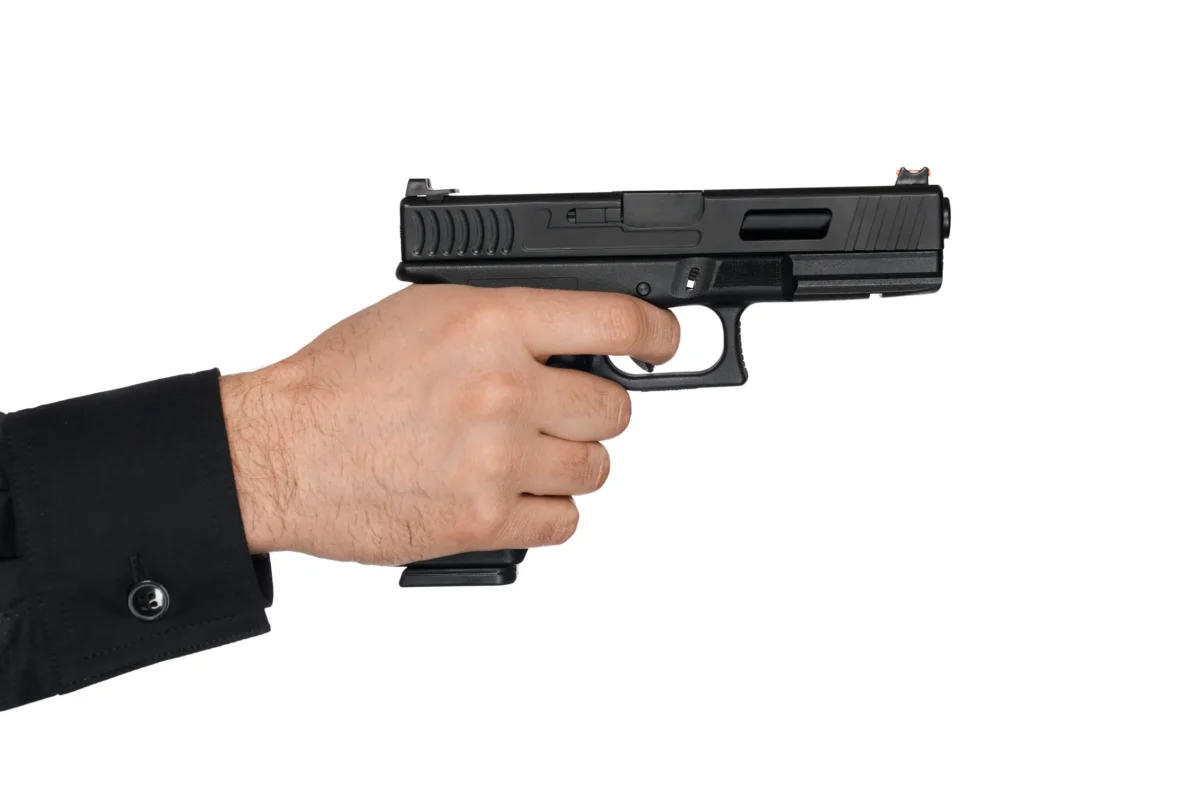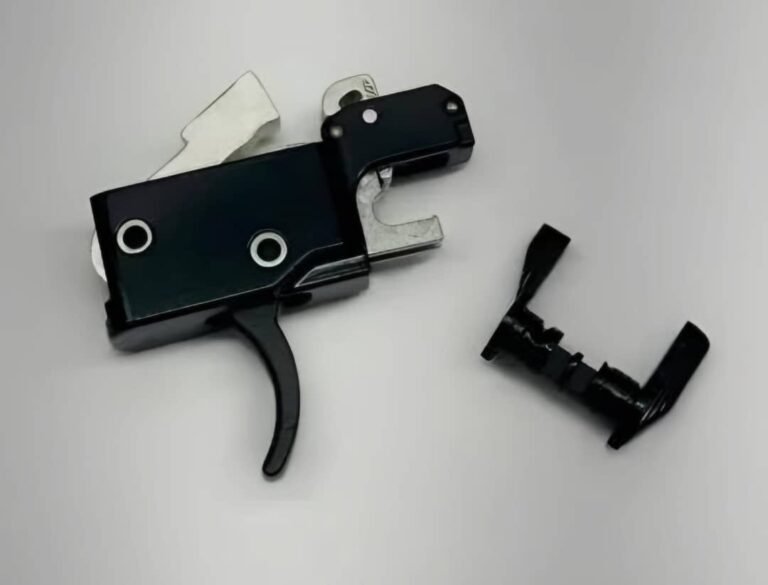
What Is a Forced Reset Trigger (FRT)? The Ultimate Guide
The forced reset trigger (FRT) is a revolutionary advancement in firearm trigger technology, offering faster shooting speeds while maintaining reliability. Whether you’re a competitive shooter, firearms enthusiast, or tactical professional, understanding how an FRT works can enhance your shooting experience and performance.
This guide will cover everything you need to know about forced reset triggers, including their definition, history, benefits, drawbacks, and real-world applications. We’ll also provide step-by-step installation tips, best practices, and key metrics to evaluate their effectiveness.
By the end of this post, you’ll have a comprehensive understanding of FRTs and how they compare to traditional triggers. For more in-depth discussions, check out our related cluster posts on how FRTs compare to binary triggers and legal considerations for forced reset triggers.
What Is a Forced Reset Trigger (FRT)?
A forced reset trigger (FRT) is a specialized firearm trigger designed to reset automatically after each shot, allowing for rapid follow-up shots without fully releasing the trigger. Unlike traditional triggers that require a complete reset, an FRT minimizes trigger reset time, increasing firing speed while maintaining control.
This innovation is particularly valuable in competitive shooting and tactical scenarios where split-second reactions matter. For a deeper dive into trigger mechanics, read our post on how forced reset triggers work.

The Evolution of Forced Reset Triggers
The concept of forced reset triggers emerged from the demand for faster, more efficient trigger systems. Key milestones include:
- Early trigger innovations – From single-stage to two-stage triggers.
- Introduction of binary triggers – Allowing both pull and release to fire.
- Development of FRTs – Optimizing reset speed for near-automatic rates.
Learn more about the history of advanced trigger systems in our dedicated article.
Key Terms and Concepts
To fully grasp forced reset triggers, familiarize yourself with these terms:
- Trigger Reset – The point where the trigger is ready to fire again.
- Sear Mechanism – The component that releases the hammer/striker.
- Bump Fire – A rapid-firing technique often compared to FRT performance.
For a detailed breakdown, see our glossary of firearm trigger terms.
Advantages and Disadvantages of Forced Reset Triggers
Pros:
✔ Faster shooting speeds – Enables rapid, controlled fire.
✔ Improved accuracy – Reduces trigger reset errors.
✔ Enhanced performance – Ideal for competition and training.
Cons:
❌ Legal restrictions – Some jurisdictions regulate FRTs.
❌ Increased wear – May require more maintenance.
❌ Learning curve – Requires practice to master.
For a legal perspective, read our post on are forced reset triggers legal?.

Real-World Applications and Examples
Many shooters have adopted forced reset triggers for:
- 3-Gun competitions – Faster target transitions.
- Tactical training – Simulating rapid engagement scenarios.
- Recreational shooting – Enhancing range performance.
Watch this demo of an FRT in action:
[Embed video: “Forced Reset Trigger vs. Standard Trigger”]
For more case studies, visit our FRT success stories page.
How to Install a Forced Reset Trigger
Follow these steps for proper installation:
- Unload your firearm – Ensure safety first.
- Remove the existing trigger – Follow manufacturer instructions.
- Install the FRT – Align components carefully.
- Test functionality – Check for smooth operation.
Visual guide:
Best Practices for Using an FRT
- Practice trigger control – Avoid accidental rapid fire.
- Regular maintenance – Clean and inspect the mechanism.
- Stay informed on laws – Ensure compliance with local regulations.
More tips in our expert guide to FRT usage.
How to Measure FRT Effectiveness
Key metrics include:
- Rate of fire – Shots per second.
- Accuracy consistency – Grouping at various speeds.
- Durability – Long-term performance under stress.
Track your progress with our FRT performance evaluation sheet.
Additional Resources
- Books: Advanced Trigger Systems by [Author]
- Forums: Firearm Enthusiasts Discussion Board
- Tools: Trigger Pressure Gauge
Explore more in our resource hub for forced reset triggers.
Conclusion
A forced reset trigger (FRT) is a game-changer for shooters seeking speed and precision. From its mechanics to real-world applications, understanding FRTs can elevate your shooting experience.
For the latest FRT models and expert reviews, visit Rare Breed Triggers today and upgrade your firearm’s performance!
Ready to experience the difference? Shop Now



